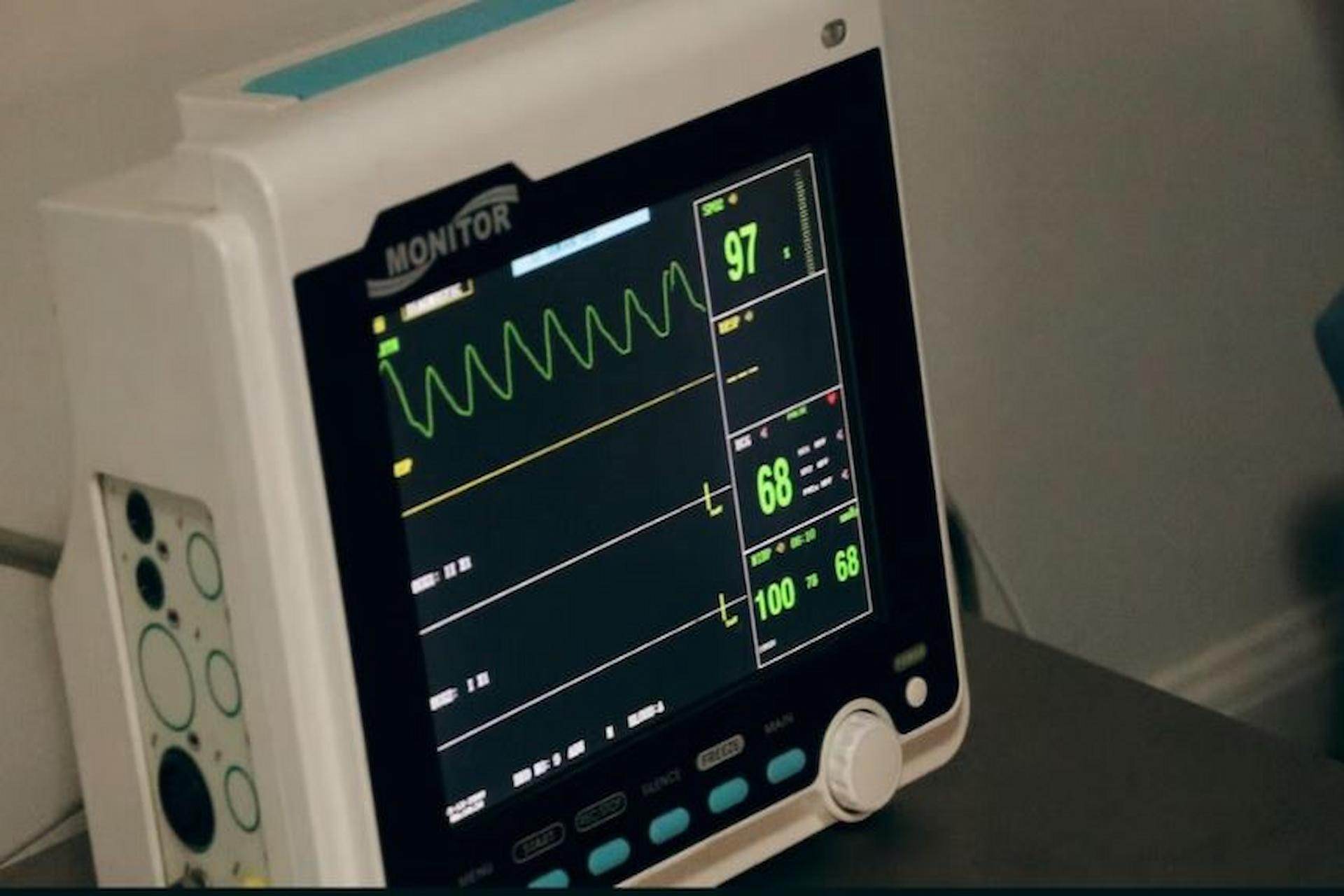Many people say that the built-in pump is not good, and the external pump is good. The biggest argument is that the external pump motor is convenient for maintenance. Does that also indicate another problem: the external pump is prone to failure. In addition, the motor is the core of a pump. If the motor is not well done and needs to be repaired all the time, it can only mean that it is a failed pump. The reason why some manufacturers make built-in, and some manufacturers do external, there are different considerations. I believe that no matter which way the motor is placed, quality is the foundation of everything. If your quality is good, it is a good pump. What does it have to do with the internal and external placement of your motor? Here’s the difference between the two:
Method/Step
In terms of motor lif
-
The built-in pump is generally an oil-cooled + water-cooled wet motor, so that the motor dissipates heat quickly, which is good for the motor
- If the external pump is installed, it should be air-cooled.
In terms of Quietness
- The built-in pump is relatively quiet because the motor is inside, which is very suitable for indoor environments
- Because the external pump has an external motor, the effective volume is small, it will start frequently, and it will generate a lot of noise
The built-in pump motor is built-in, so the appearance of the product is relatively beautiful. And completely sealed, no smell
Relatively speaking, the external motor has an ugly appearance and a strong sense of industry. It is a bit ugly for indoor use.
Built-in motor starts with low water level so it drains clean
The starting water level of the external motor is too high, and the drainage is not complete.
The waterproof level of the built-in motor can reach IP68, the highest level of waterproof and dustproof, not afraid of water or dust.
The external motor is usually made of stainless steel, which is easy to corrode and rust after a long time, and the protection level is average.
Maintenance of internal and external pumps
- Now the design of the built-in pump is basically a modular design, and the motor can be extracted directly, which is very convenient without removing the machine
- Needless to say, the external pump itself is outside, so take the motor directly.
Maintenance of internal and external pumps
- Now the design of the built-in pump is basically a modular design, and the motor can be extracted directly, which is very convenient without removing the machine
- Needless to say, the external pump itself is outside, so take the motor directly.
- Whether it stinks or not is only smelled by the staff, so I don’t think that’s a critical consideration.
Installation and use of phosphoric acid pump casing and pump cover
Phosphoric acid pumps are mainly used for phosphating liquid transportation and circulation improvement. Phosphoric acid pumps are divided into front-opening and rear-opening styles. Two different door opening styles determine the different installation methods of their pump casings and pump covers. The correct use method can improve the efficiency of the phosphoric acid pump.
Tools/Materials
Phosphate pump
Installation method of phosphoric acid pump casing and pump cover
Install the pump casing on the frame; the second step is to put the self-priming pump rotor, pump cover, pump body and other components into the pump casing, and then install the whole machine on the frame.
The installation method of the front door type self-priming pump casing and pump cover
In order to install the water pump casing on the pump body, the parts of the axial seal should be put on the pump shaft from the front end, and then the center hole of the self-priming pump casing should be passed through the back cap of the impeller. It is the back of the pump casing that contacts the support surface of the pump body and rotates the pump casing so that the pump outlet faces in the proper direction. Finally, pass through the connecting bolts between the pump casing and the pump body, and tighten these bolts to complete the assembly of the pump casing.
How to use phosphoric acid pump
A bottom valve should be installed at the inlet to prevent the inhalation of foreign matter, and a check valve should be installed at the outlet to prevent the instantaneous backflow phenomenon during shutdown, which may cause damage to the pump.
Pump material is PP, CPVC or PVDF
The plastic material is to prevent sun exposure, please install a protective device.
Precautions
This experience is provided by Typhoon, please indicate the source for reprinting.
Related Experience
- How CAD uses the relative polar coordinate system to determine points
- Features of Modern Landscape Architecture
- How to set up 5d2 shooting location
- QQ group how to kick people
- How to transfer the control point coordinates to the total station in batches
Pump Discharge Fluid The flow rate of the pump is directly related to the speed of the pump
- The concept of a gear pump is very simple, that is, its most basic form is that two gears of the same size mesh and rotate with each other in a tightly fitted housing. The inside of the housing is similar to an “8” shape.
- On the inside, the outer diameter and sides of the gear fit closely with the housing. The material from the extruder enters the middle of the two gears at the suction port, and fills the space, moves along the housing with the rotation of the teeth, and finally discharges when the two teeth mesh.


